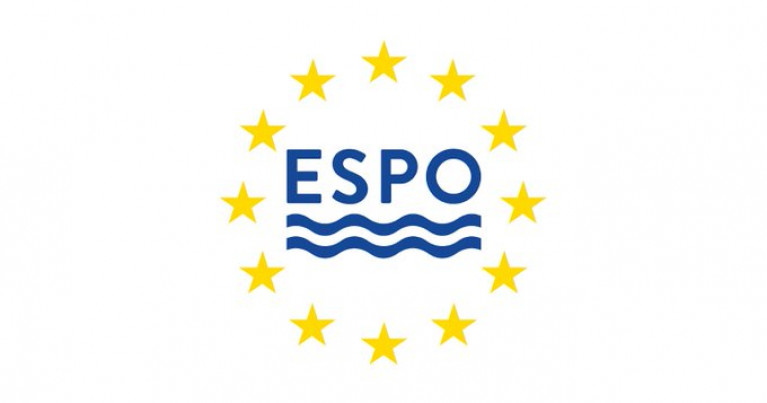Displaying items by tag: Report: TENT
European Parliament's Report on TEN-T Guidelines ESPO Welcomes
The European Parliament has adopted the report on the revision of the Trans-European Transport Network (TEN-T) guidelines (2019/2192(INI)) with a large majority.
With the adoption of the own-initiative report last week, the Parliament set out its position on the upcoming revision of the TEN-T guidelines which is planned for the second half of 2021.
The European Sea Ports Organisation (ESPO) welcomes the final report by rapporteur Jens Gieseke (German, EPP).
ESPO especially welcomes that the strategic role of European maritime ports has been recognised by many members of the responsible Transport Committee during the compromise negotiations. The report further underlines the need for sufficient EU funding to complete the TEN-T network, regretting the recent cuts to the Connecting Europe Facility, decided by the Council.
The report properly reflects the complex nature of European maritime ports by stressing that ports are not only a component of maritime transport, but increasingly clusters of all modes of transport, energy, industry and blue economy, by highlighting the cross-border dimension of maritime ports and by recognising the necessity to increase synergies within ports between transport, energy and digital infrastructure.
In the framework of modal shift, ESPO fully supports the recognised importance of Motorways of the Sea (MoS) and short-sea shipping (SSS) as a sustainable mode of transport. The call for a simplification of the MoS requirements in order to create a level playing field with the land-based modes is an important step.
In preparation of the legislative proposal, the European Commission will launch a stakeholder consultation on the impact assessment in the coming weeks. The European Sea Ports Organisation is looking forward to actively contributing to the revision of the TEN-T network to better reflect the importance of a strong, integrated maritime dimension. The Commission proposal reviewing the 2013 Guidelines is due to come out in September 2021.





























































